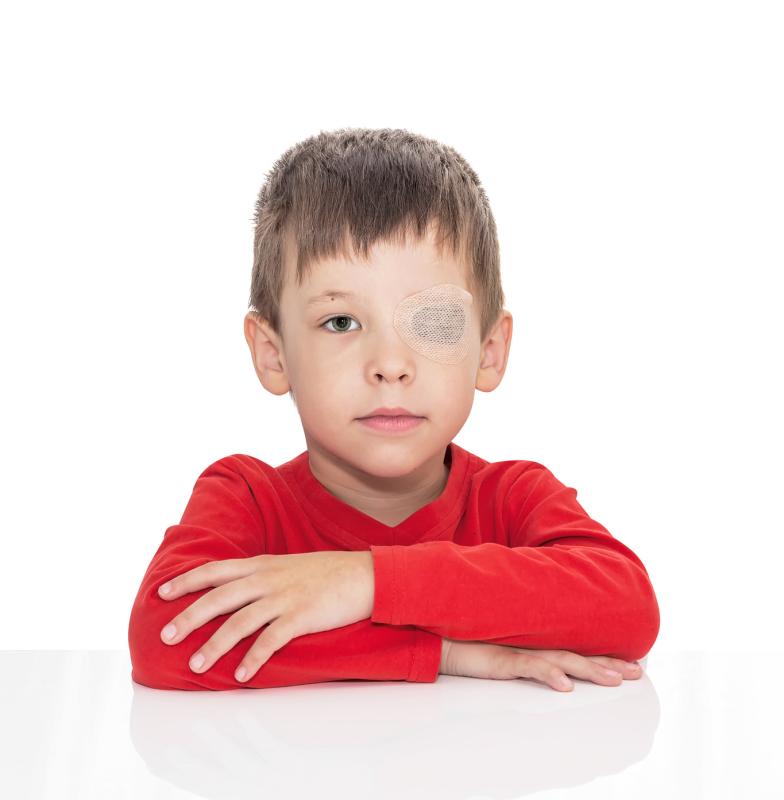
Low-risk histopathologic features at primary enucleation are predicted by the presence of macular sparing, optic nerve visibility, <1 quadrant of retinal detachment (RD) or a combination thereof, which suggest safe trial eye salvage, according to a study. No clinical sign is associated with high-risk histopathologic features.
Thirty-eight eyes with vitreous seeding and normal intraocular pressure were included. The median diagnosis to enucleation interval was 4 days (range, 0–14 days). Histopathologic analysis diagnosed four (10.5 percent) high-risk and 34 (89.5 percent) low-risk eyes.
High-risk eyes were shown to have massive choroidal invasion (n=4) or trans-scleral, extraocular and postlaminar optic nerve invasion (n=1). Clinical findings were as follows: macular involvement (n=31), complete optic nerve obscuration (n=27) and RD (n=28).
Of the eyes with high-risk histopathologic features, 13 percent (4/31; 95 percent CI, 1–25 percent) had macular involvement, 15 percent (4/27; 1–28 percent) had complete optic nerve obscuration, and 14 percent (4/28; 1–27 percent) had RD.
Macular sparing (7/7; 47–100 percent), optic nerve visibility (10/10; 63–100 percent) and <1 quadrant of RD (10/10; 63–100 percent) predicted low-risk histopathologic features.
Furthermore, one child who lacked all three clinical low-risk predictive features with high-risk histopathologic features (pT3a) developed metastases and died. The other children were alive and well (mean follow-up, 65 months).
This retrospective, noncomparative, single-institutional, observational case series included children with unilateral cT2b/group D retinoblastoma managed with primary enucleation at the Hospital for Sick Children in Toronto, Canada, from January 2008 through February 2018.
The authors obtained and assessed the following data: clinical features (ie, intraocular pressure, optic nerve obscuration, macular involvement, tumour seeding and serous RD >1 quadrant), timing to enucleation, histopathologic features and follow-up.
“Attempted eye salvage for unilateral retinoblastoma may risk tumour spread compared with primary enucleation,” the investigators noted.